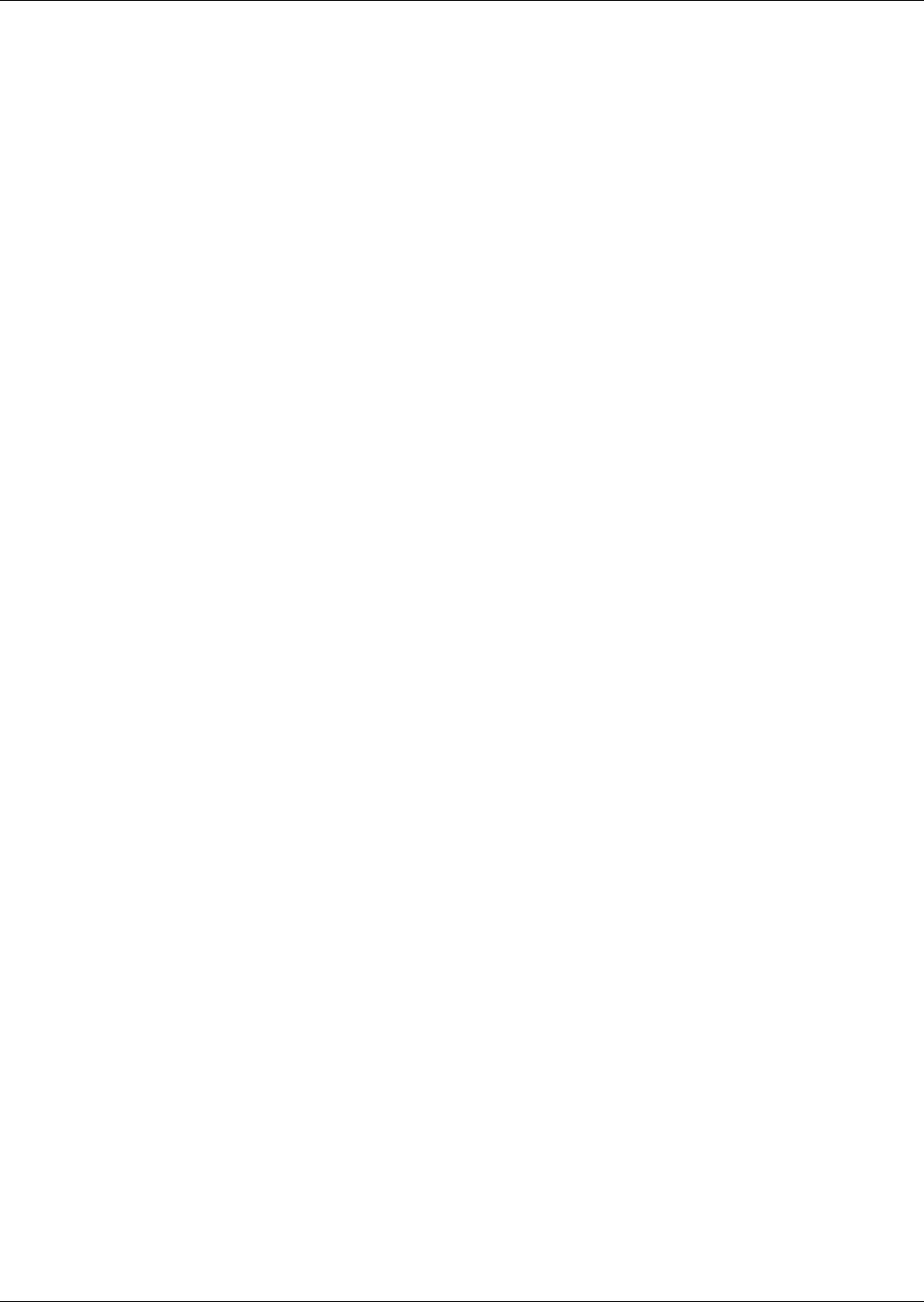User Manual
Table Of Contents
- Important Safety Instructions
- SAVE THESE INSTRUCTIONS
- 1.0 Introduction
- 2.0 Startup
- 3.0 Operation with iCOM Control
- 4.0 Liebert iCOM Display Components and Functions
- Figure 2 Liebert iCOM display components
- Table 1 Keyboard icons and functions
- Figure 3 Liebert iCOM default screen symbols
- 4.1 Navigating Through the Liebert iCOM Display
- 4.2 Changing Operational Settings
- 4.3 Changing Liebert iCOM’s Display Settings
- 4.4 Graphical Data Record
- 4.5 Liebert iCOM Service Menu Icons and Legend
- 4.6 Wiring for Unit-to-Unit Communications—U2U
- 4.7 Entering Network Setup Information
- 4.8 Viewing Multiple Units with a Networked Large Display
- 5.0 Operation
- 6.0 Alarm Descriptions
- 6.1 Standard Alarms
- 6.1.1 Change Filter
- 6.1.2 Compressor Overload
- 6.1.3 High Head Pressure
- 6.1.4 High Humidity
- 6.1.5 High Humidity and Low Humidity (Simultaneously)
- 6.1.6 High Temperature
- 6.1.7 High Temperature and Low Temperature (Simultaneously)
- 6.1.8 Humidifier Problem
- 6.1.9 Loss of Air Flow
- 6.1.10 Loss of Power
- 6.1.11 Low Humidity
- 6.1.12 Low Suction Pressure
- 6.1.13 Low Temperature
- 6.1.14 Main Fan Overload
- 6.1.15 Short Cycle
- 6.2 Optional Alarms
- 6.3 Set Alarms—User Menus
- 6.1 Standard Alarms
- 7.0 Component Operation and Maintenance
- 7.1 System Testing
- 7.2 Filters
- 7.3 Blower Package
- 7.4 Refrigeration System
- 7.4.1 Suction Pressure
- 7.4.2 Discharge Pressure
- 7.4.3 Superheat
- 7.4.4 Thermostatic Expansion Valve
- 7.4.5 Hot Gas Bypass Valve—Not Available on Digital Scroll Units
- 7.4.6 Air Cooled Condenser
- 7.4.7 Water/Glycol Cooled Condensers
- 7.4.8 Motorized Ball Valve—Digital Scroll Compressor
- 7.4.9 Regulating Valve—Scroll Compressor
- 7.4.10 Drycooler Settings
- 7.4.11 Compressor Oil
- 7.5 Compressor Replacement
- 7.6 Facility Fluid and Piping Maintenance for Water and Glycol Systems
- 7.7 Humidifier
- 8.0 Troubleshooting
- Table 12 Blower troubleshooting
- Table 13 Chilled water troubleshooting
- Table 14 Compressor and refrigeration system troubleshooting
- Table 15 Dehumidification troubleshooting
- Table 16 Glycol pump troubleshooting
- Table 17 Infrared humidifier troubleshooting
- Table 18 Steam generating humidifier troubleshooting
- Table 19 Reheat troubleshooting
- 9.0 Monthly Maintenance Inspection Checklist
- 10.0 Semiannual Maintenance Inspection Checklist

Component Operation and Maintenance
49
Three-phase power must be connected to the unit line voltage terminals in the proper
sequence so that the scroll compressor rotates in the proper direction. Rotation in the wrong
direction will result in poor performance and compressor damage.
Record compressor motor connections when removing a failed compressor. Wire the
replacement compressor motor the same way to maintain proper rotation direction.
7.5.3 Digital Scroll Compressor Replacement Procedure
1. Disconnect power and follow all warnings at front of this manual.
2. Attach suction and discharge gauges to access fittings.
3. Front-seat service valves to isolate the compressor. Reclaim charge from compressor.
4. Remove marked pressure transducer and discharge pressure switch. Disconnect all electrical
connections.
5. Detach service valves from compressor.
6. Remove failed compressor.
7. If required, follow compressor manufacturer’s suggested clean-out procedures.
8. Install replacement compressor and make all connections. Replace gaskets or seals on service
valves. Replace unloading solenoid.
9. Evacuate and charge as detailed in the user manual, SL-11962.
NOTICE
Risk of improper component reinstallation. Can cause equipment damage.
Identify and mark location of suction pressure transducer and discharge pressure switch.
These devices look similar and they must be reinstalled in their original location.
Digital Compressor Unloading Solenoid(s)—Models 040, 042, 047, 049, 061 and 072
When replacing a digital scroll compressor, digital solenoid valve and coil must be replaced. Compres-
sor and valve kit are shipped separately. Valve kit must be field-brazed to top of compressor in proper
orientation and supported with original factory bracket.
7.6 Facility Fluid and Piping Maintenance for Water and Glycol Systems
Facility water and glycol quality remain a requirement throughout the life of the piping system. Fluid
and piping system maintenance schedules must be established and performed. A local fluid mainte-
nance program must be established that will evaluate fluid chemistry and apply necessary treatment.
A periodic leak inspection of facility and unit fluid piping is recommended.
Glycol Solution Maintenance
It is difficult to establish a specific schedule of inhibitor maintenance since the rate of inhibitor deple-
tion depends upon local water conditions. Analysis of water samples at time of installation and every
six months should help to establish a pattern of depletion. A visual inspection of the solution and fil-
ter residue is often helpful in judging whether or not active corrosion is occurring.
The complexity of water caused problems and their correction makes it important to obtain the advice
of a water treatment specialist and follow a regularly scheduled maintenance program. It is impor-
tant to note that improper use of water treatment chemicals can cause problems more serious than
using none.
Proper inhibitor maintenance must be performed in order to prevent corrosion of the glycol system.
Consult glycol manufacturer for testing and maintenance of inhibitors. Do not mix products from dif-
ferent manufacturers. For further details, refer to filling instructions in the installation manual, Lie-
bert part number SL-11925, available at the Liebert Web site, www.liebert.com










